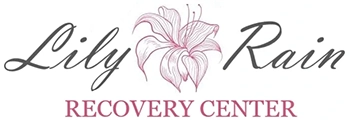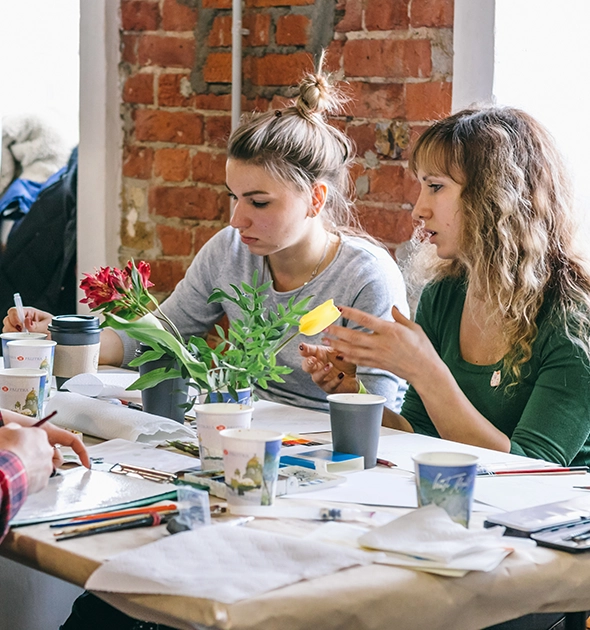While traditional, individual therapy is important and effective, the path to recovery is not always a straight one.
Art therapy comes in many forms and doesn’t always involve much talking. By simply participating in these exercises and activities, you’ll confront new emotions, learn more about yourself, and come to realizations. You can process these things as you continue creating, and then bring them to your individual therapy sessions to unpack later.
Art uses various artistic methods and techniques to improve your mental, emotional, and even physical well-being. People have been using art for expression and relaxation for centuries – it’s no surprise we now use art therapy for substance abuse as a medical tool for healing and recovery.
By using art to express yourself, you may become more comfortable exploring various emotions and opening up to your therapist in a more relaxed and less conventional way. Art therapy for anxiety and art therapy for stress are also common, and reducing these things can make treatment and recovery easier.
Examples of art therapy include:
- Colouring
- Collaging
- Doodling
- Drawing
- Photography
- Painting and finger painting
- Sculpting
- Pottery
- And more


